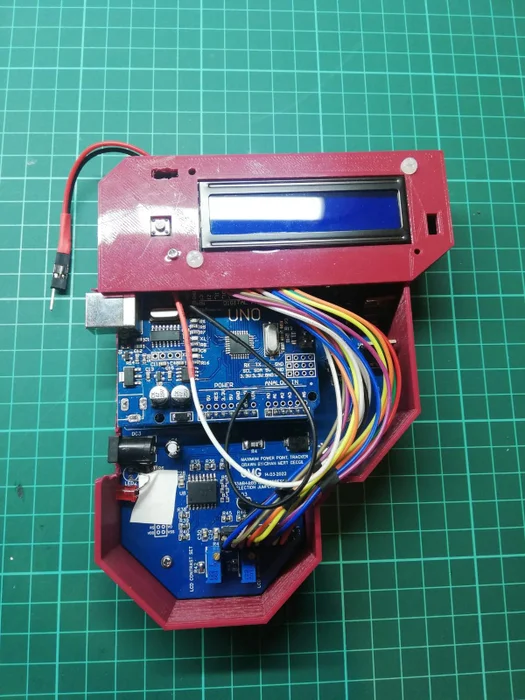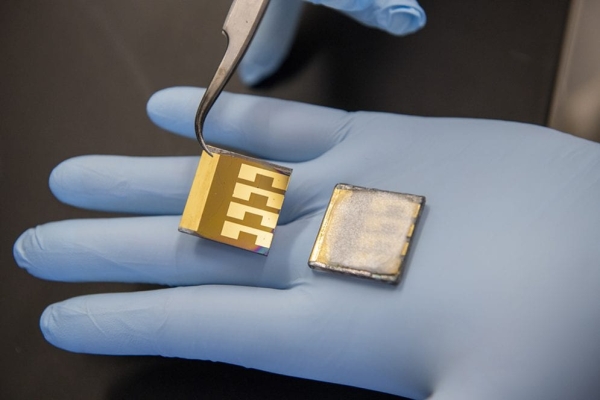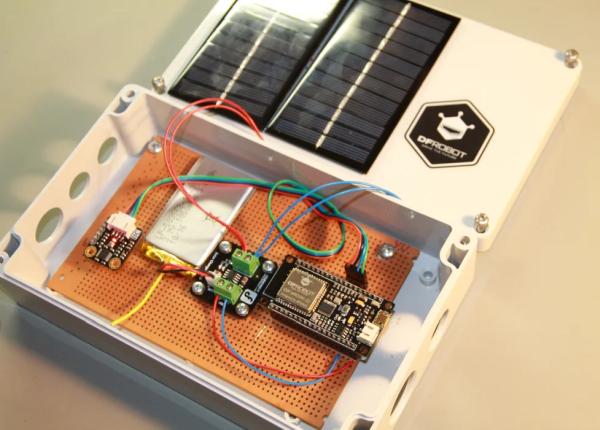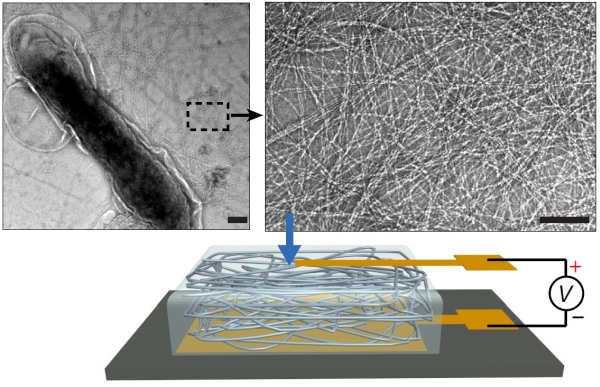Crocodile Solar Pool Sensor
This instructable shows how to build a rather special pool sensor measuring the pool temperature and transmitting it via WiFi to Blynk App and to a MQTT broker. I call it the “Crocodile Solar Pool Sensor”. It uses the Arduino programming environment and an ESP8266 board (Wemos D1 mini pro). What’s so special about this project? […]






